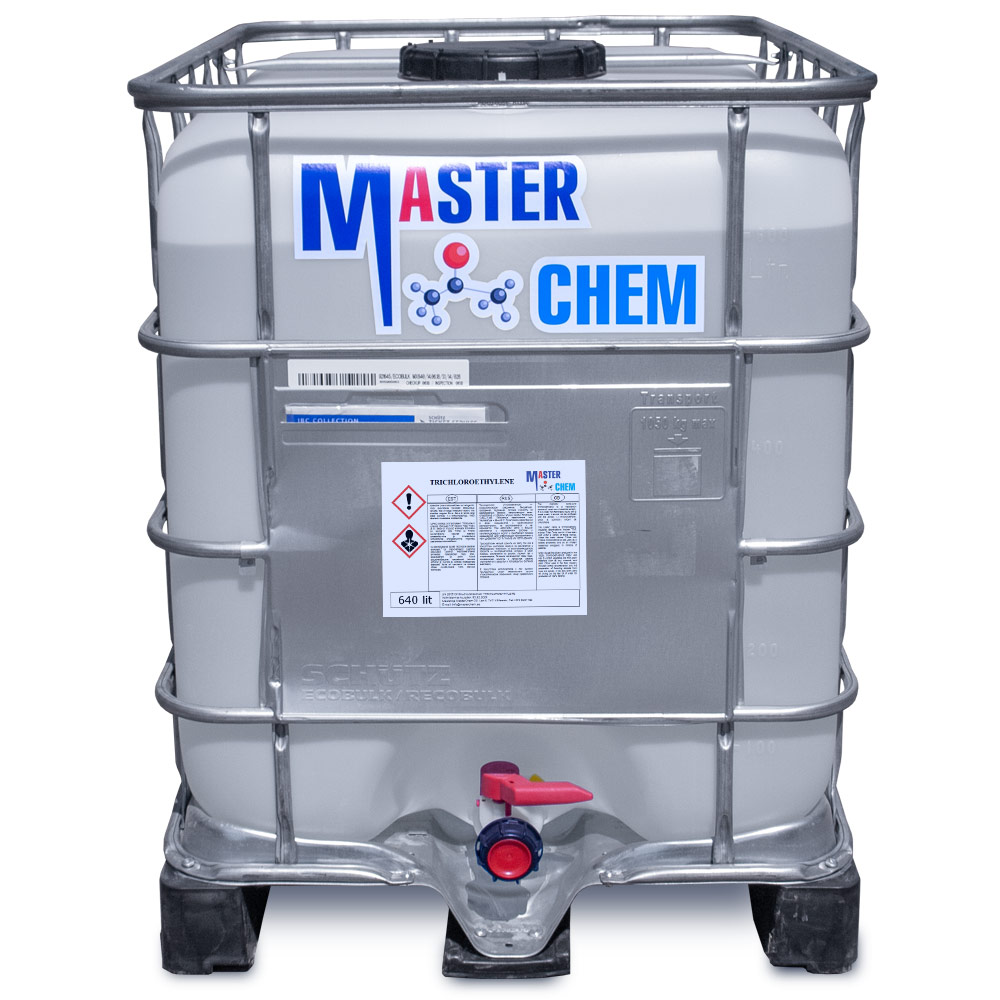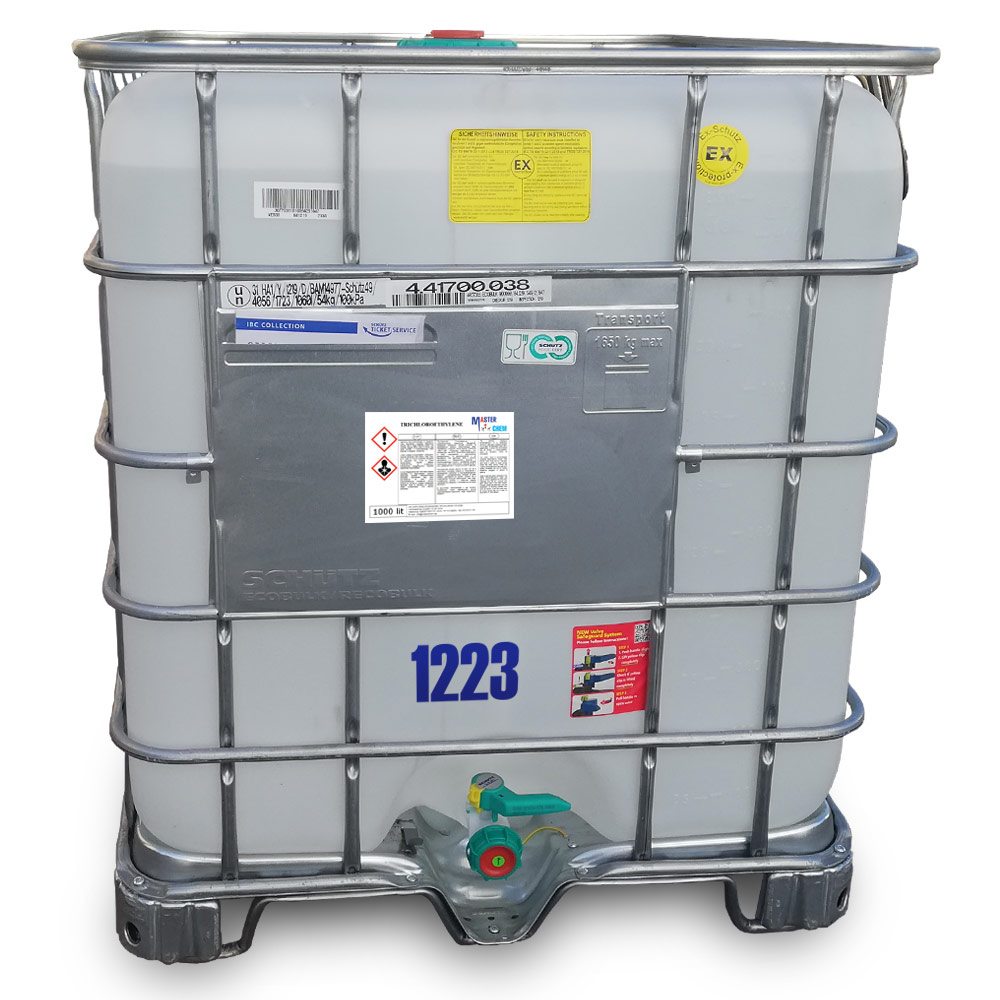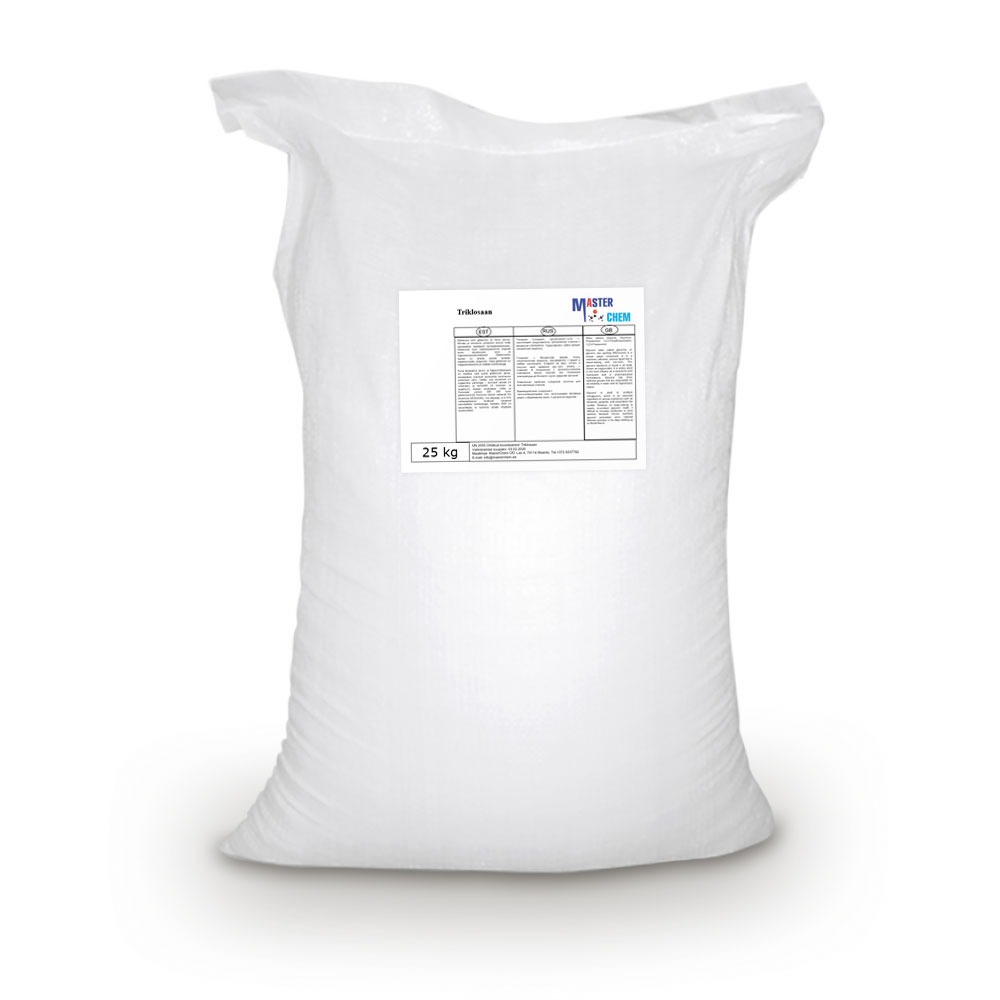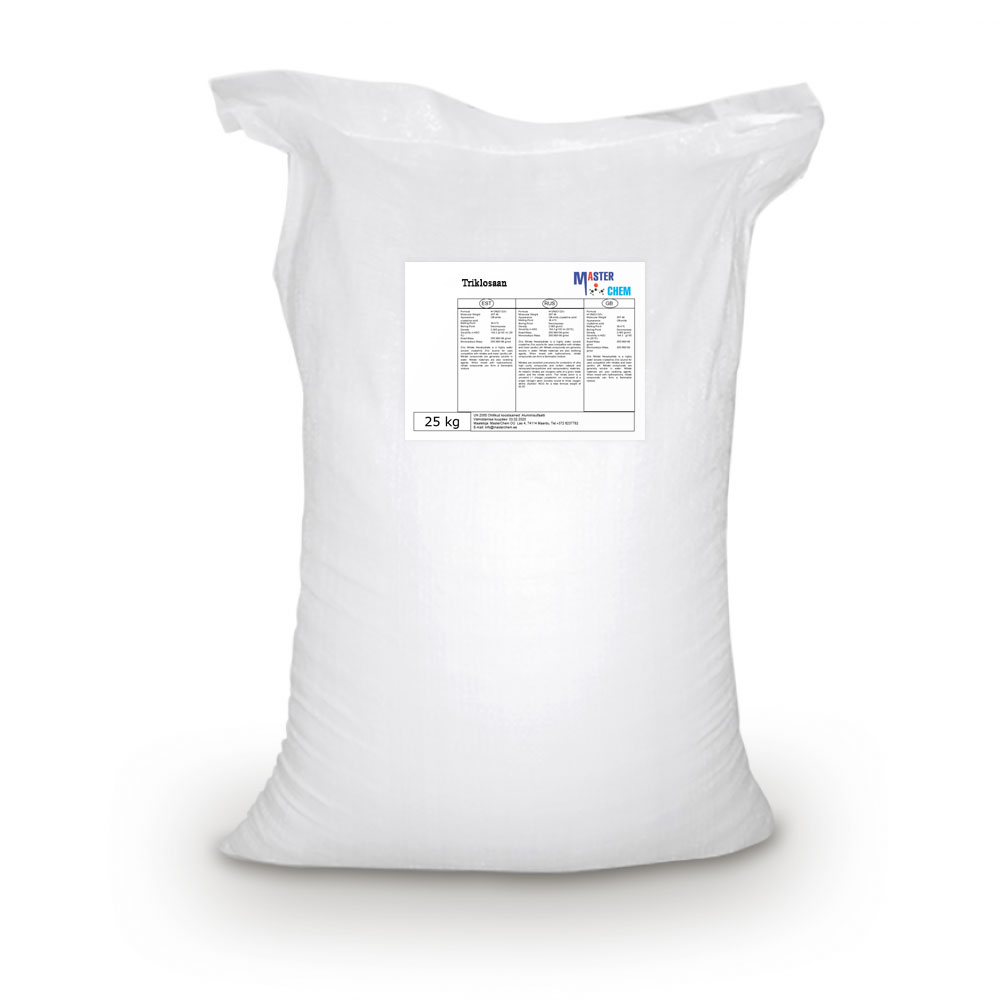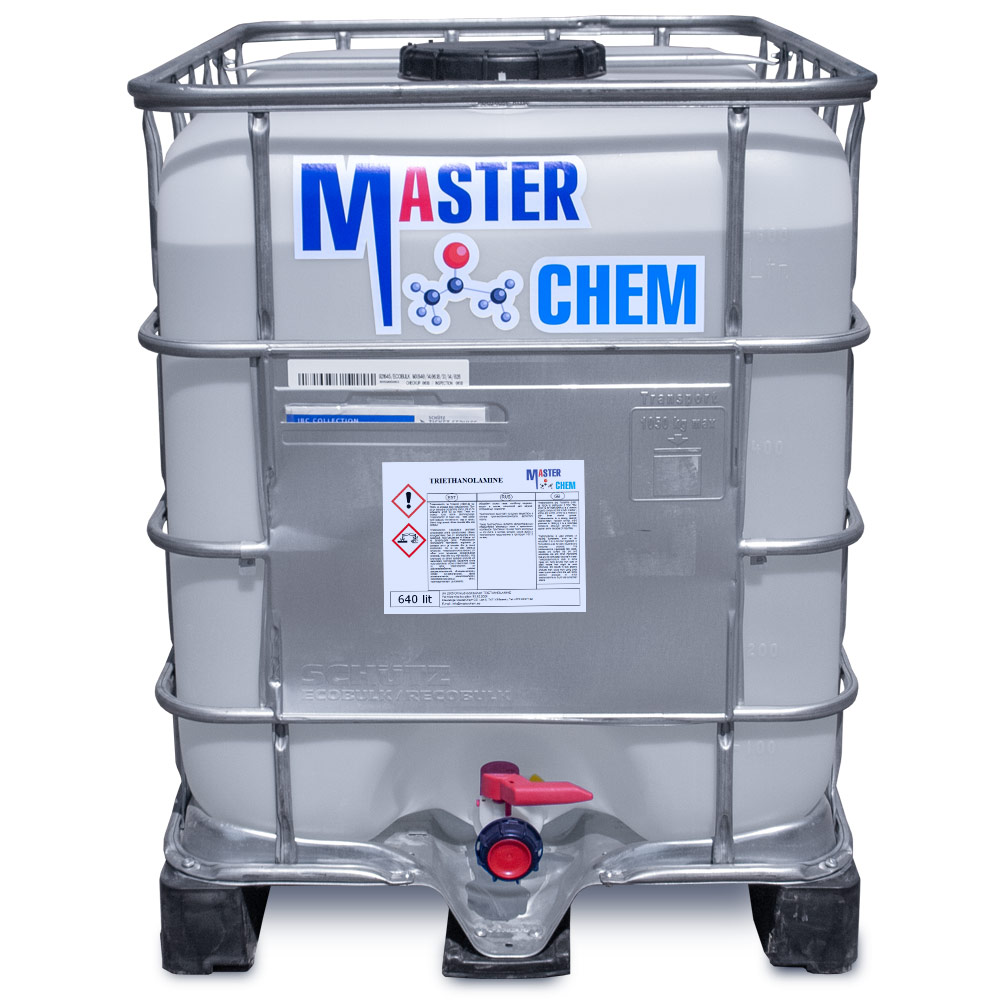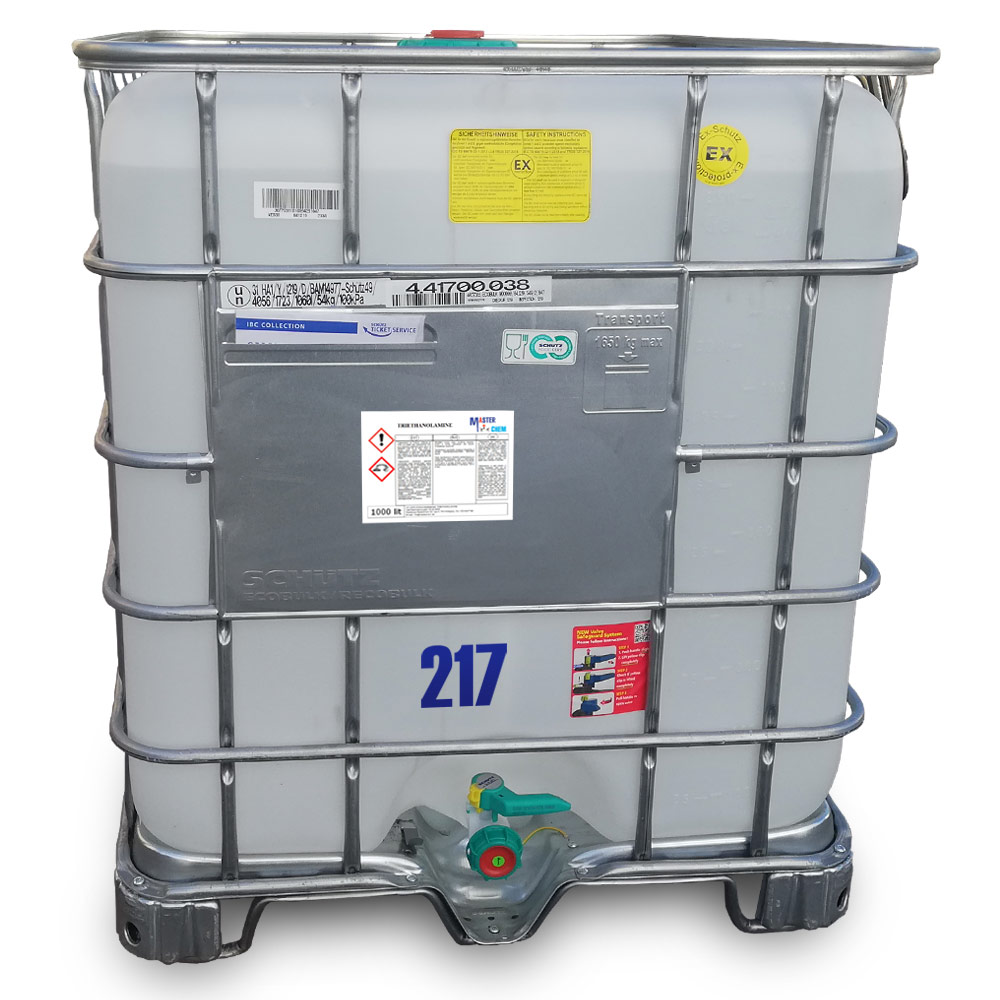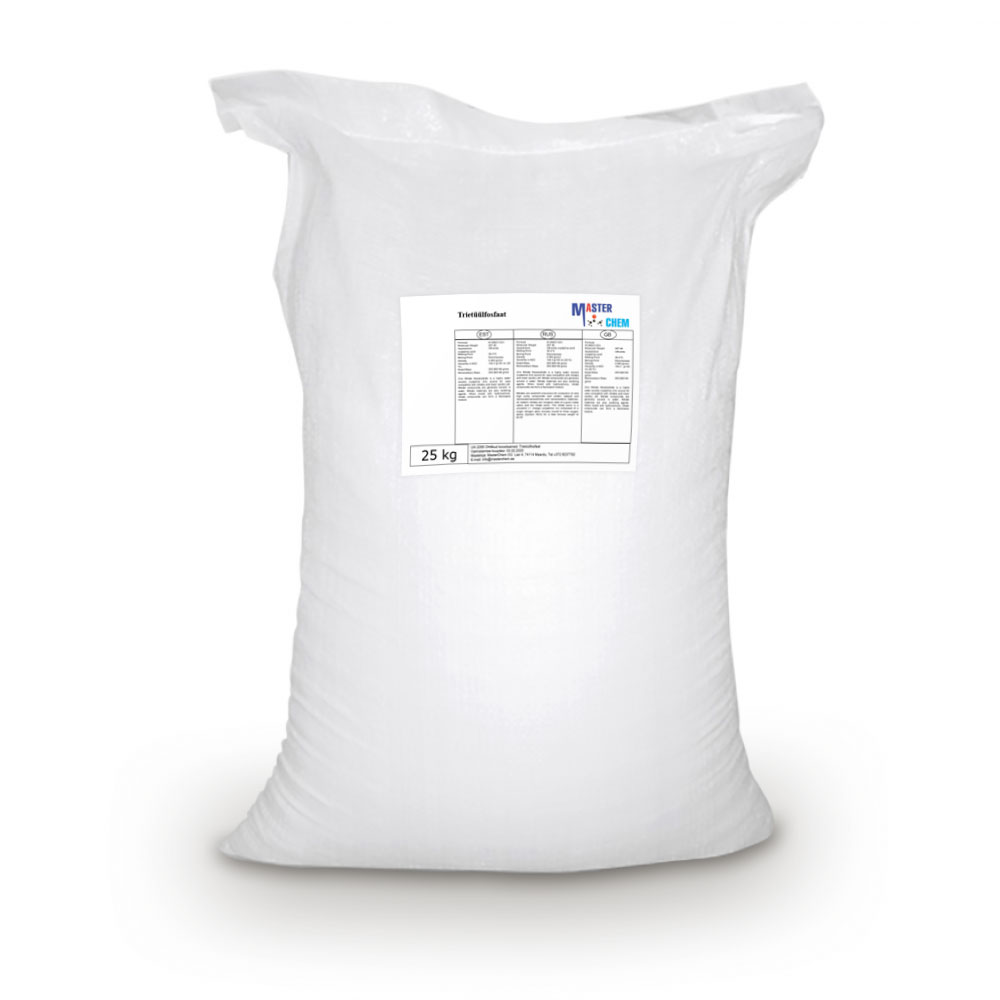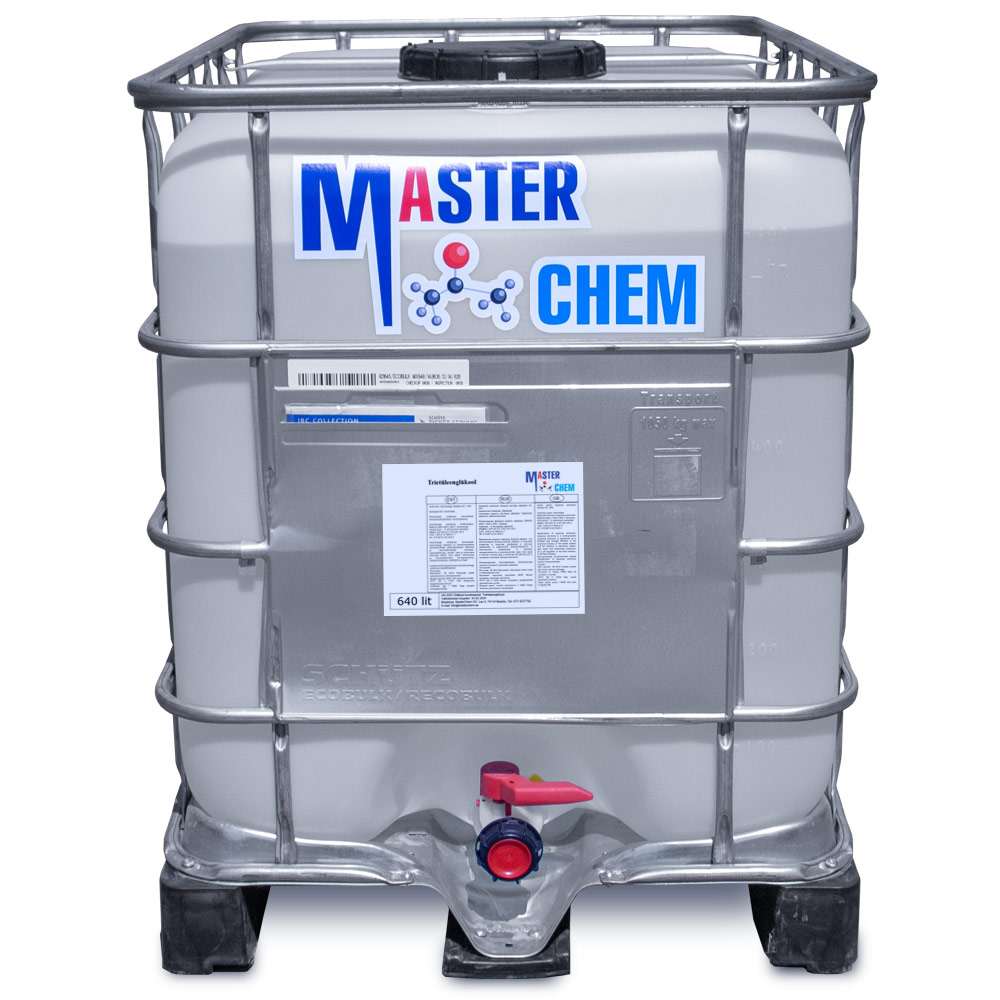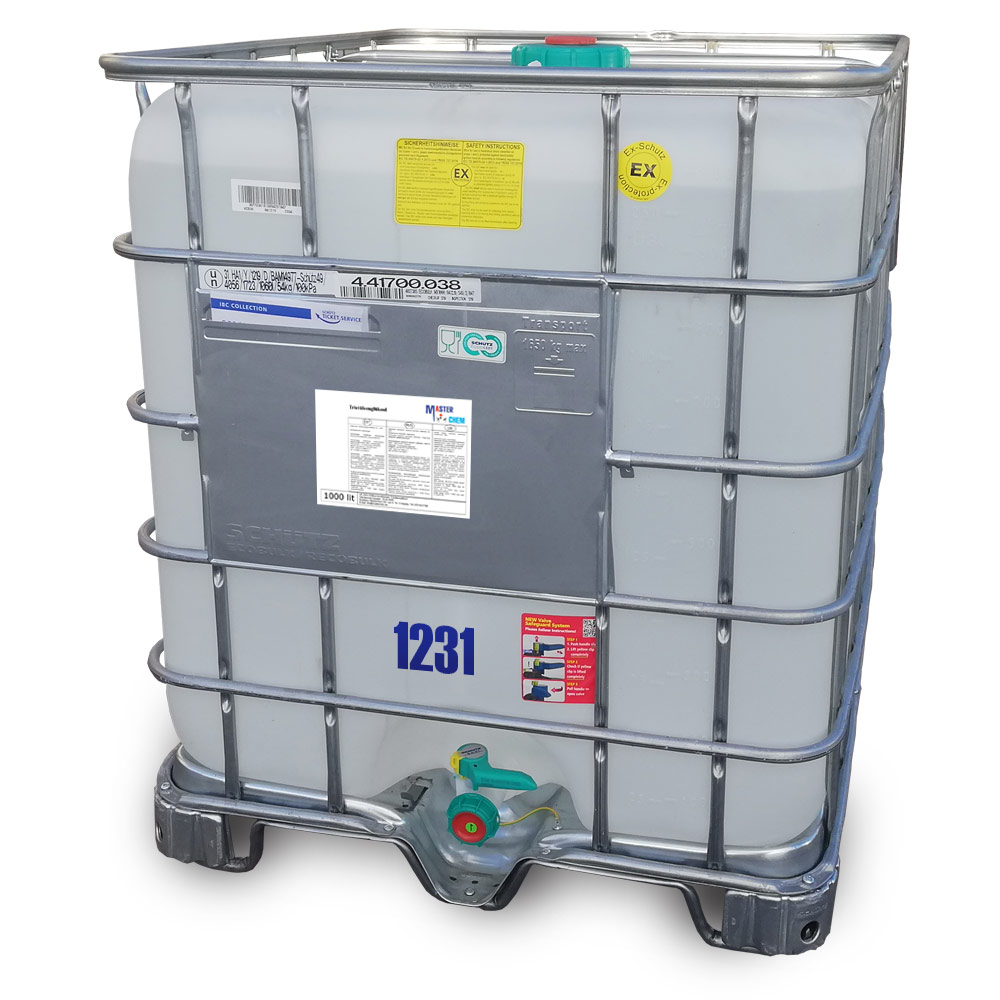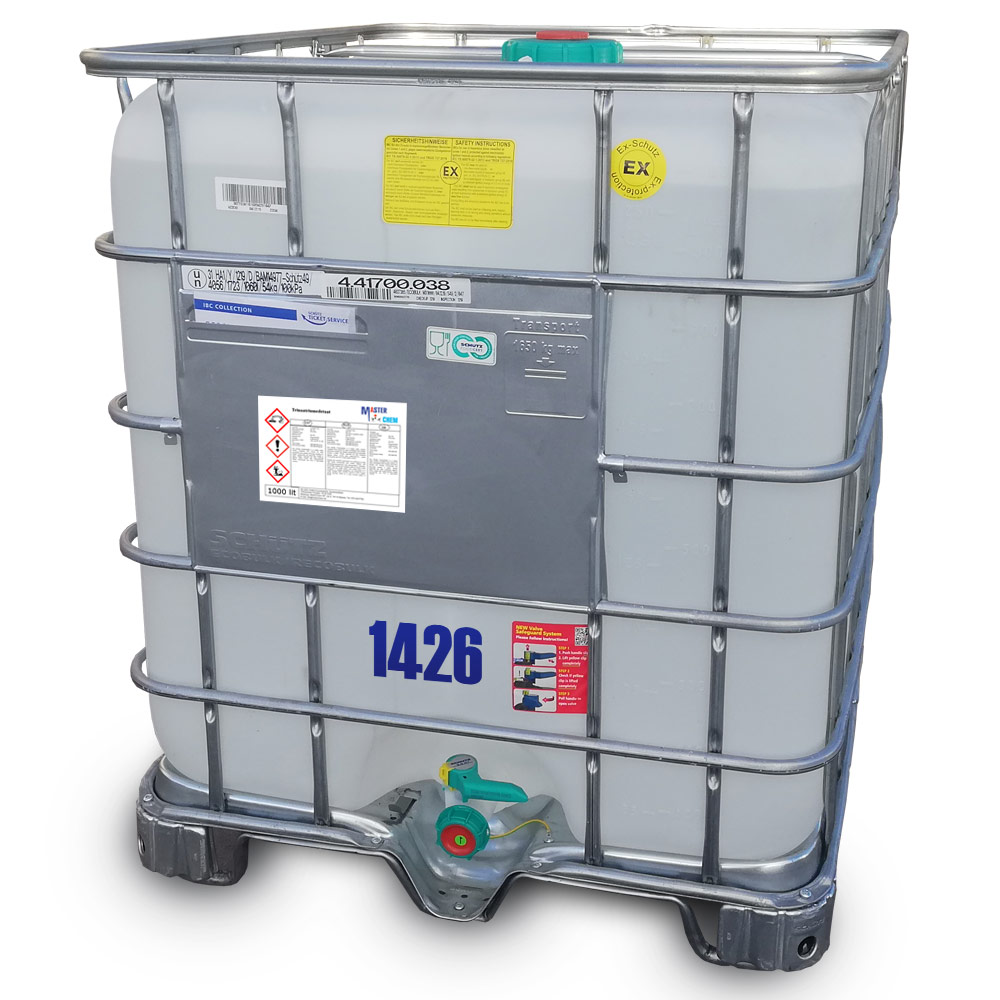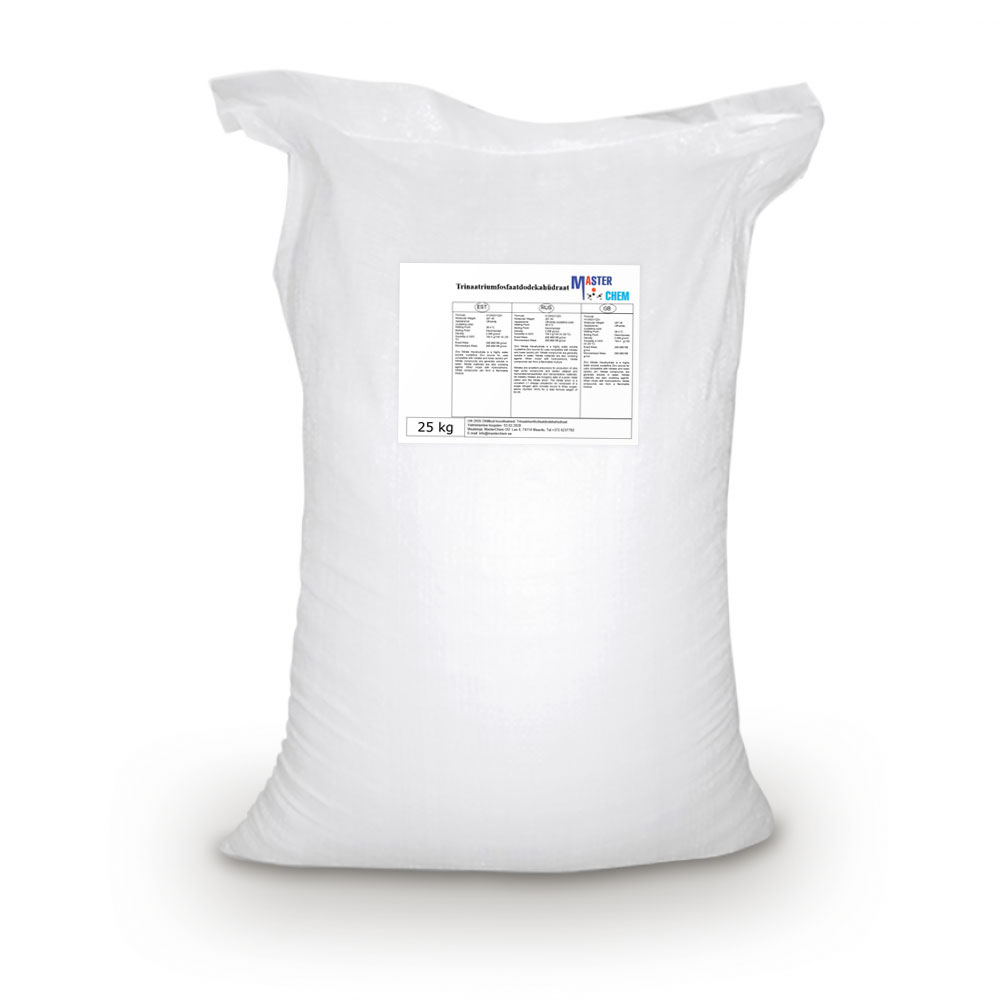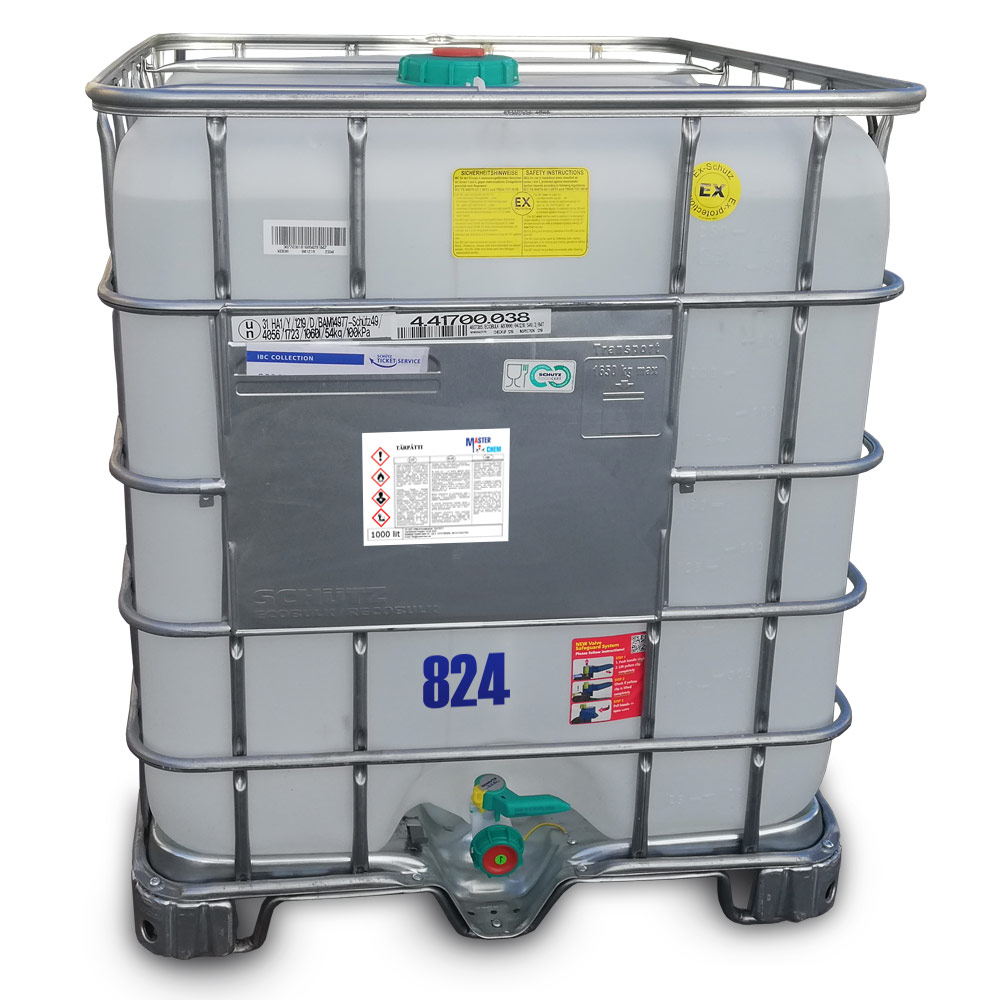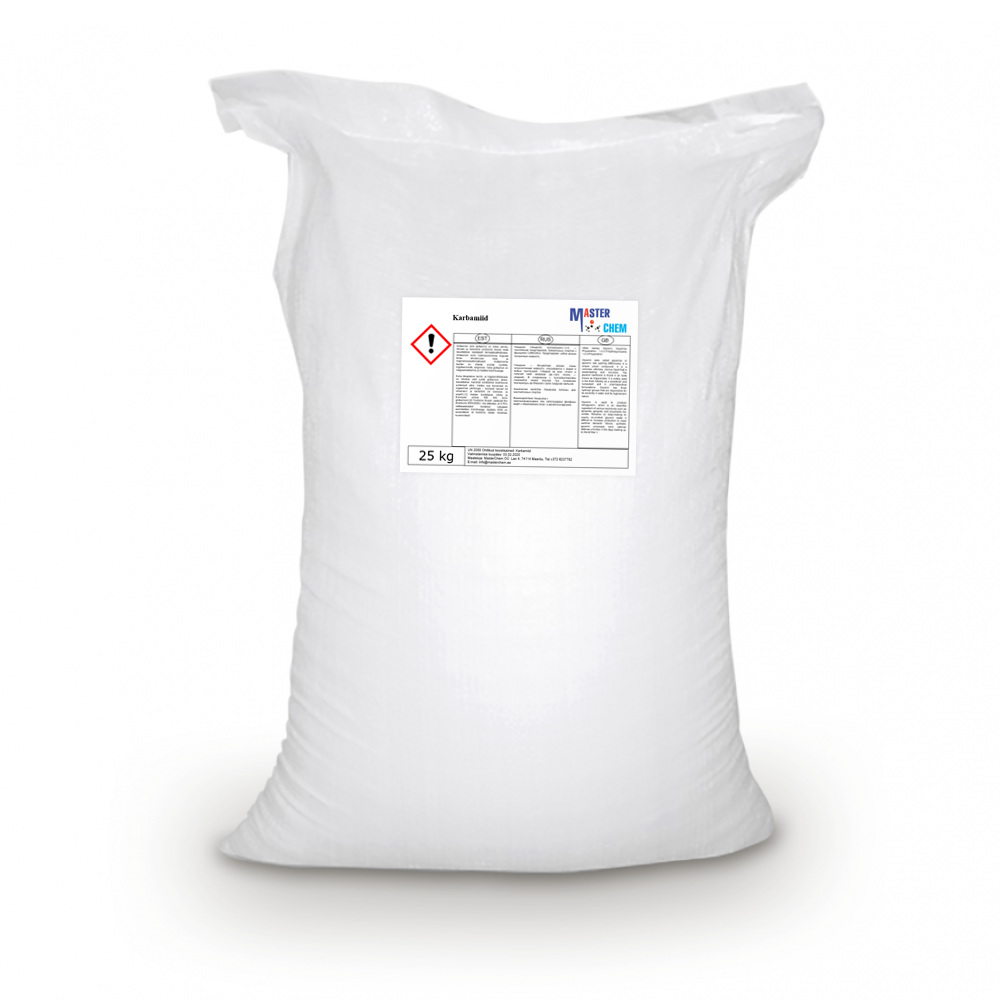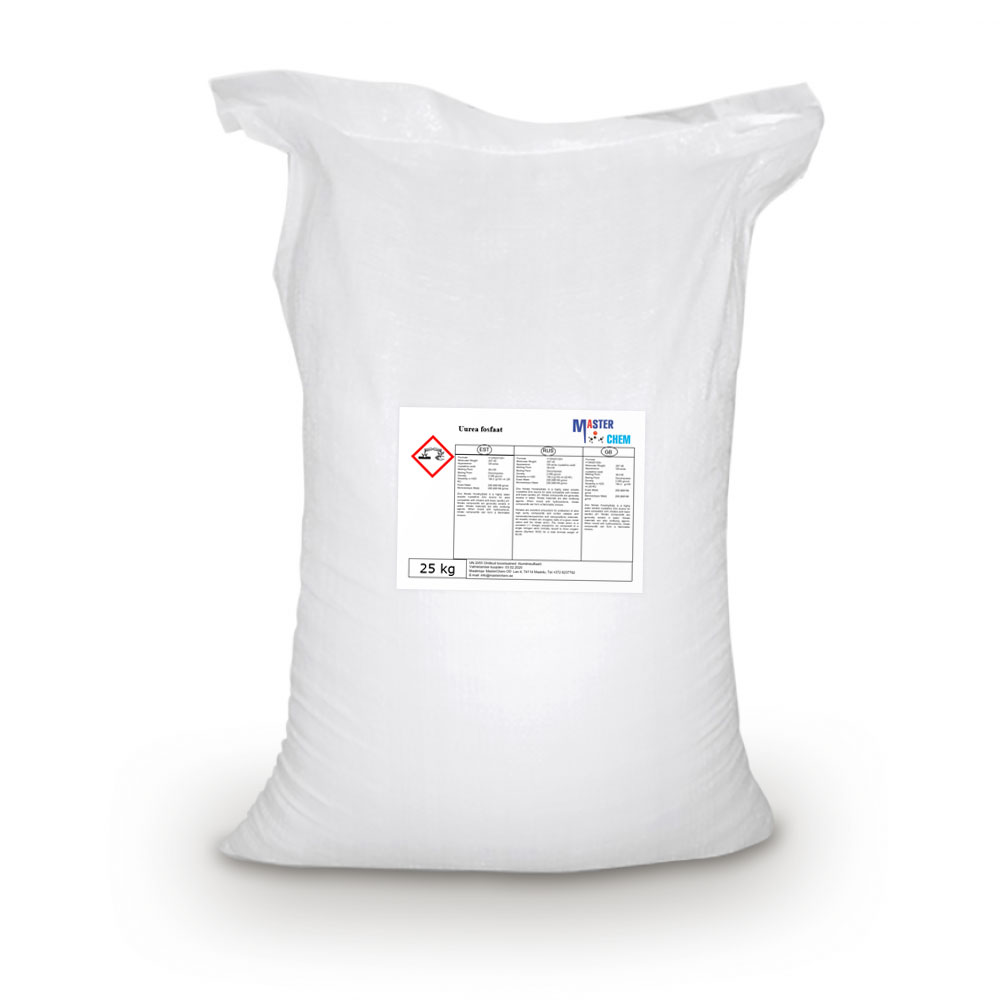Currently Empty: €0.00
Triclosan (CAS 3380-34-5)
Triclosan (CAS 3380-34-5)
Triclosan (sometimes abbreviated as TCS) is an antibacterial and antifungal agent present in some consumer products, including toothpaste, soaps, detergents, toys, and surgical cleaning treatments. It is similar in its uses and mechanism of action to triclocarban. Its efficacy as an antimicrobial agent, the risk of antimicrobial resistance, and its possible role in disrupted hormonal development remains controversial. Additional research seeks to understand its potential effects on organisms and environmental health.
Triclosan (CAS 3380-34-5)
Triclosan (CAS 3380-34-5)
Triclosan (sometimes abbreviated as TCS) is an antibacterial and antifungal agent present in some consumer products, including toothpaste, soaps, detergents, toys, and surgical cleaning treatments. It is similar in its uses and mechanism of action to triclocarban. Its efficacy as an antimicrobial agent, the risk of antimicrobial resistance, and its possible role in disrupted hormonal development remains controversial. Additional research seeks to understand its potential effects on organisms and environmental health.
Triethanolamine (CAS 102-71-6)
Other names: 2,2′,2”-Nitrilotriethanol, Tris(2-hydroxyethyl)amine, Triethylolamine, 2,2′,2″-Trihydroxytriethylamine, Trolamine, TEA, TEOA
Triethanolamine aka Trolamine (abbr. as TEOA to distinguish it from TEA which is for triethylamine) is a viscous organic compound that is both a tertiary amine and a triol. A triol is a molecule with three alcohol groups. Triethanolamine is a strong base.[3] Approximately 150,000 tonnes were produced in 1999.[4] It is a colourless compound although samples may appear yellow because of impurities.
CAS: 102-71-6
Triethyl phosphate (CAS 78-40-0)
Triethyl phosphate (CAS 78-40-0)
Triethyl phosphate is a chemical compound with the formula (C2H5)3PO4 or OP(OEt)3. It is a colorless liquid. It is the triester of ethanol and phosphoric acid and can be called “phosphoric acid, triethyl ester”.
Its primary uses are as an industrial catalyst (in acetic anhydride synthesis), a polymer resin modifier, and a plasticizer (e.g. for unsaturated polyesters). In smaller scale it is used as a solvent for e.g. cellulose acetate, flame retardant, an intermediate for pesticides and other chemicals, stabilizer for peroxides, a strength agent for rubber and plastic including vinyl polymers and unsaturated polyesters, etc.
Triethylene glycol (CAS 112-27-6)
Triethylene glycol (CAS 112-27-6)
Triethylene glycol, TEG, or triglycol is a colorless odorless viscous liquid with molecular formula HOCH2CH2OCH2CH2OCH2CH2OH. It is used as a plasticizer for vinyl polymers. It is also used in air sanitizer products, such as “Oust” or “Clean and Pure”. When aerosolized it acts as a disinfectant. Glycols are also used as liquid desiccants for natural gas and in air conditioning systems. It is an additive for hydraulic fluids and brake fluids and is used as a base for “smoke machine” fluid in the entertainment industry.
Triethylene glycol is a member of a homologous series of dihydroxy alcohols. It is a colorless, odorless and stable liquid with high viscosity and a high boiling point. Apart from its use as a raw material in the manufacture and synthesis of other products, TEG is known for its hygroscopic quality and its ability to dehumidify fluids. This liquid is miscible with water, and at standard atmospheric pressure (101.325 kPa) has a boiling point of 286.5 °C and a freezing point of -7 °C. It is also soluble in ethanol, acetone, acetic acid, glycerine, pyridine, aldehydes; slightly soluble in diethyl ether; and insoluble in oil, fat and most hydrocarbons.
Triethylenetetramine (CAS 90640-67-8)
Information Industries: Adhesives, oils, greases, Resins, plastics, polyurethanes CAS number: 90640-67-8 WE number: 292-588-2 Index number: 612-059-00-5 Chemical formula: C6H18N4 Molar mass: 146,23 g/mol Customs tariff code: 38249992 ADR: UN2259 Physical properties Melting / freezing point: 12°C Boiling point / range: 278°C Relative density: 0,982 g/cm3 (20°C )
Trisodium edetate (CAS 139-89-9)
Trisodium edetate (CAS 139-89-9)
Ethylenediamine tetraacetic acid, trisodium salt is an odorless white crystalline powder. pH (1% aqueous solution) 9.3. pH (10% aqueous solution) about 8.3-8.7. (NTP, 1992)
Trisodium Phosphate Dodecahydrate (CAS 10101-89-0)
Trisodium Phosphate Dodecahydrate (CAS 10101-89-0)
Sodium phosphate tribasic dodecahydrate is also known as trisodium phospate or TSP. It is a highly soluble in water and widely used as a cleaning agent. The pH of a 1% solution is typically around 12, making this reagent sufficiently alkaline for saponification of grease and oils. In combination with surfactants, TSP is an excellent agent for cleaning everything from laundry to concrete driveways. This versatility and low manufacturing price made TSP the basis for a plethora of cleaning products sold in the mid-20th century. Trisodium phosphate is used in the isolation of mycobacteria, including culturing of tubercle bacilli. Has been used as a protein precipitant in certain applications and in co-precipitation and fractionization of nucleotides. May be used for the preservation of biologically active soil samples. Because of the alkaline pH, TSP disrupts cytoplasmic and outer membranes of Salmonella enterica cells making it useful in preventing the spread of bacteria.It is used in photographic developing, clarifying sugar, removing boiler scale, softening water and manufacturing of paper. They are added to many foods as an emulsifier to prevent oil separation. It can be utilized as a leavening agent. Some instances of these foods include the batter coating on breaded fish or chicken, and commercially baked cakes. Adding this item to food increases the shelf life of the food, maintaining the texture and visual aspect of the food.
Turpentine (CAS 9005-90-7)
Turpentine (which is also called spirit of turpentine, oil of turpentine, wood turpentine, terebenthene, terebinthine and (colloquially), turps) is a fluid obtained by the distillation of resin harvested from living trees, mainly pines. It is mainly used as a solvent, and as a source of material for organic syntheses.
Turpentine is composed of terpenes, primarily the monoterpenes alpha- and beta-pinene, with lesser amounts of carene, camphene, dipentene, and terpinolene.
CAS: 9005-90-7
Urea (CAS 57-13-6)
Urea (CAS 57-13-6)
Urea, also known as carbamide, is an organic compound with chemical formula CO(NH2)2. This amide has two –NH2 groups joined by a carbonyl (C=O) functional group.
Urea serves an important role in the metabolism of nitrogen-containing compounds by animals and is the main nitrogen-containing substance in the urine of mammals. It is a colorless, odorless solid, highly soluble in water, and practically non-toxic (LD50 is 15 g/kg for rats).[6] Dissolved in water, it is neither acidic nor alkaline. The body uses it in many processes, most notably nitrogen excretion. The liver forms it by combining two ammonia molecules (NH3) with a carbon dioxide (CO2) molecule in the urea cycle. Urea is widely used in fertilizers as a source of nitrogen (N) and is an important raw material for the chemical industry.
Friedrich Wöhler discovered that urea can be produced from inorganic starting materials, which was an important conceptual milestone in chemistry in 1828. It showed for the first time that a substance previously known only as a byproduct of life could be synthesized in the laboratory without biological starting materials, thereby contradicting the widely held doctrine of vitalism, which stated that only living things could produce the chemicals of life.
Urea Phosphate (CAS 4861-19-2)
Urea Phosphate (CAS 4861-19-2)
Urea phosphate is a fertilizer having NPK formula 17-44-0. It is soluble in water, and produces a strongly acidic solution. Urea phosphate is sometimes added to blends which contain calcium nitrate, magnesium nitrate and potassium nitrate to produce water-soluble formulas such as 15-5-15 and 13-2-20. The acidity of urea phosphate allows Ca, Mg and P to co-exist in solution. Under less acidic conditions, there would be precipitation of Ca-Mg phosphates. Urea phosphate is often used in drip irrigation to clean pipe systems.
Chemically, the urea phosphate compound is made of an equimolar mix of urea and phosphoric acid crystallizing together, and freely disassociating when dissolving in water. It is available in fertilizer vendor bags that carry a UP signet on the packaging.

